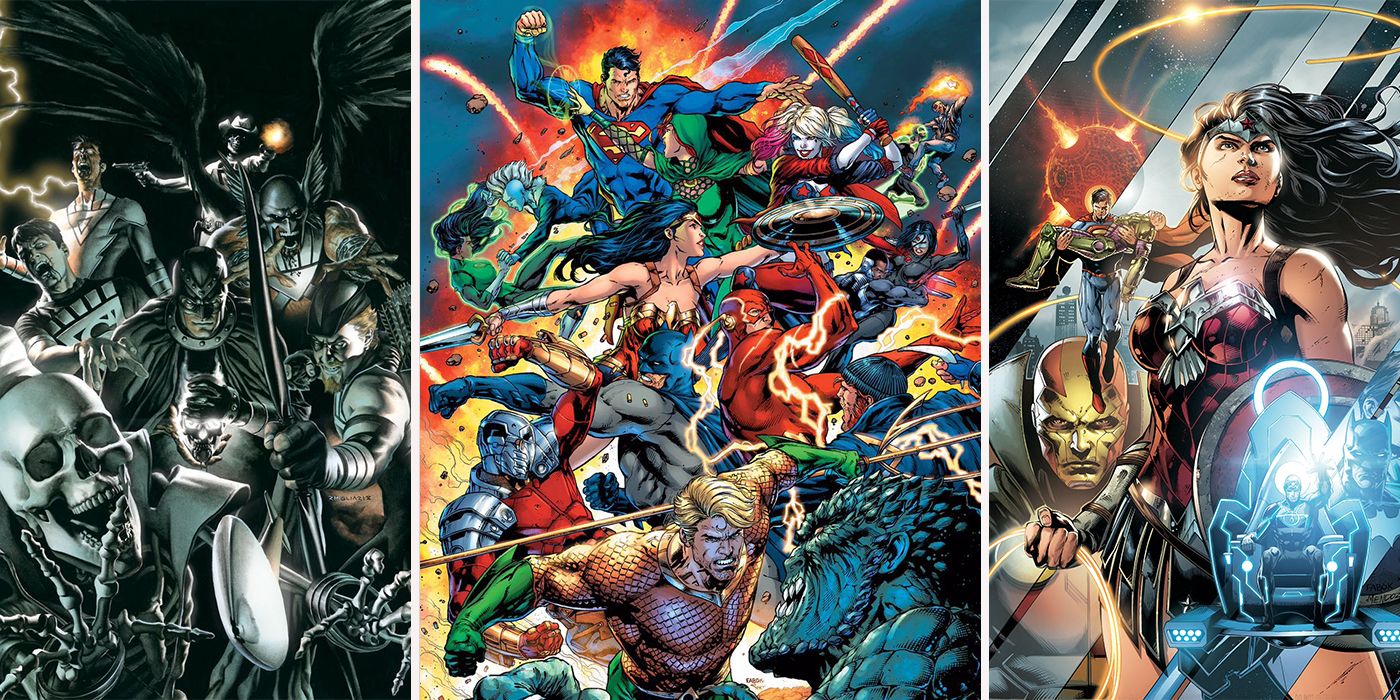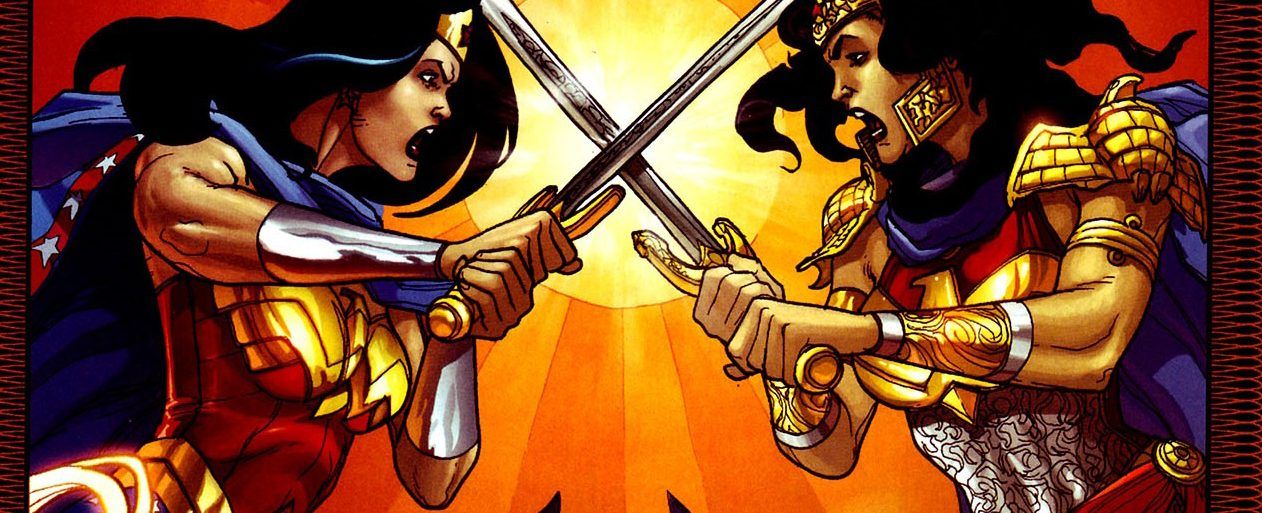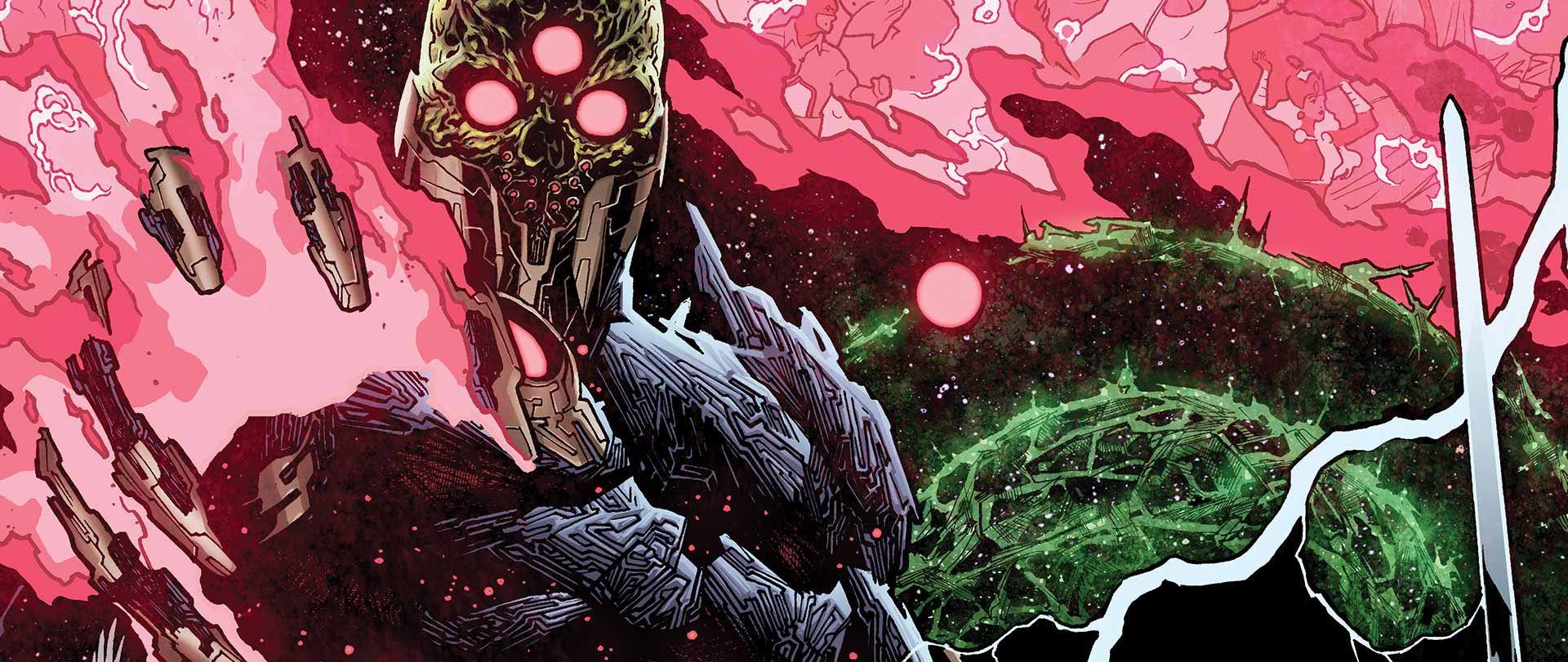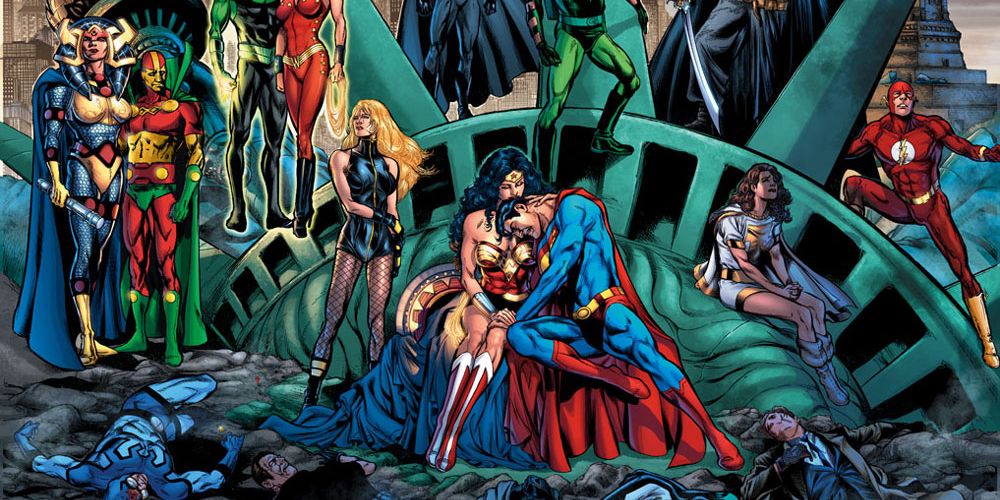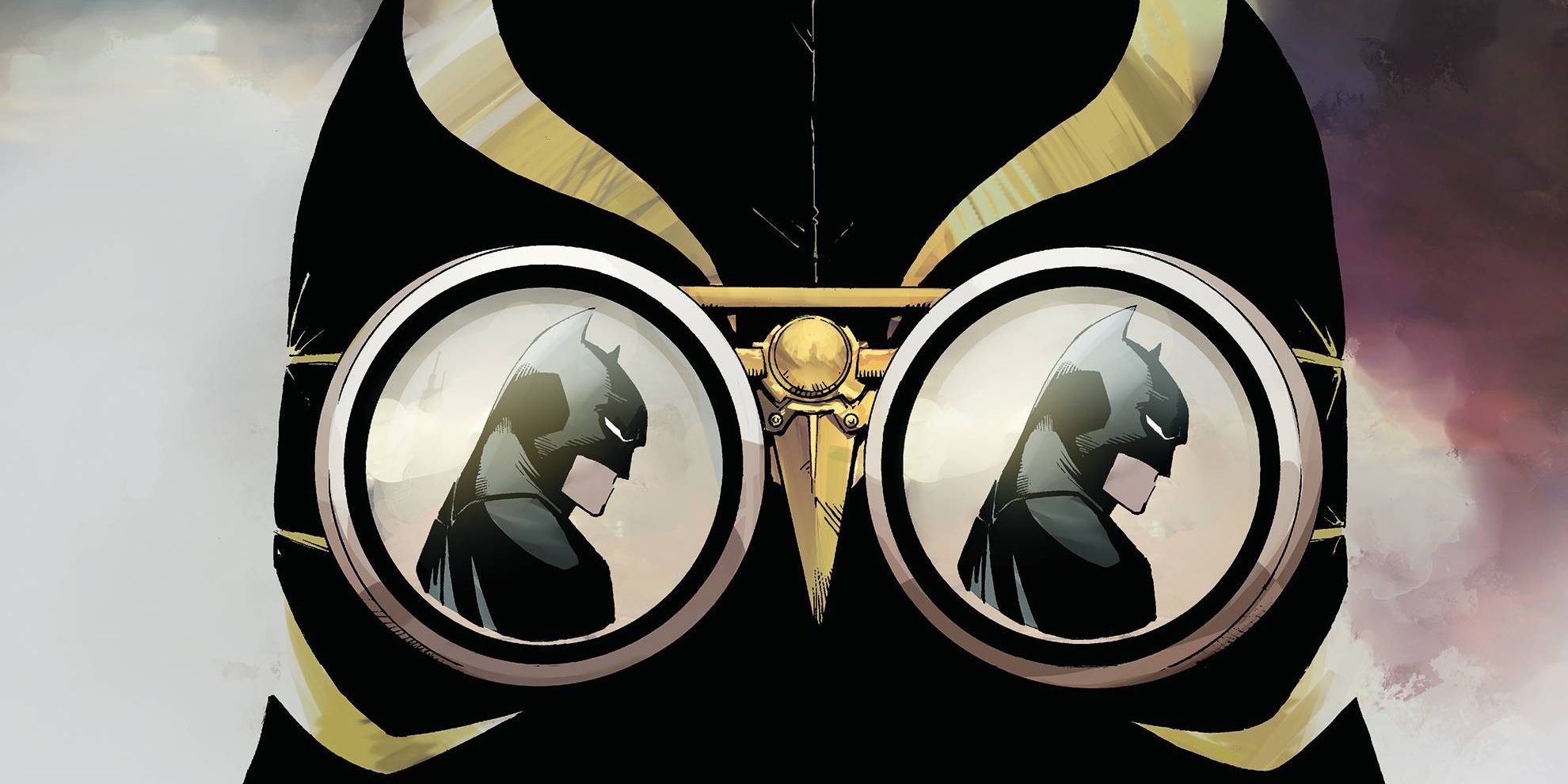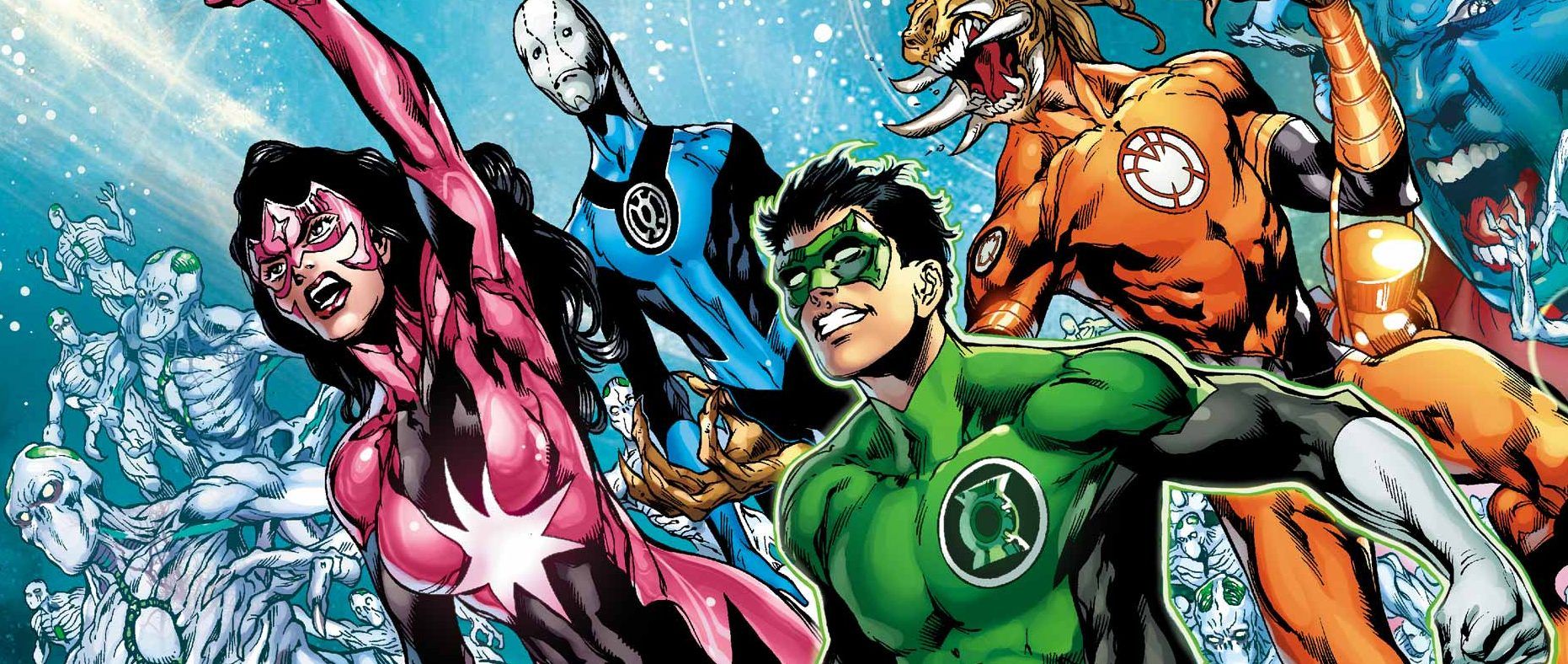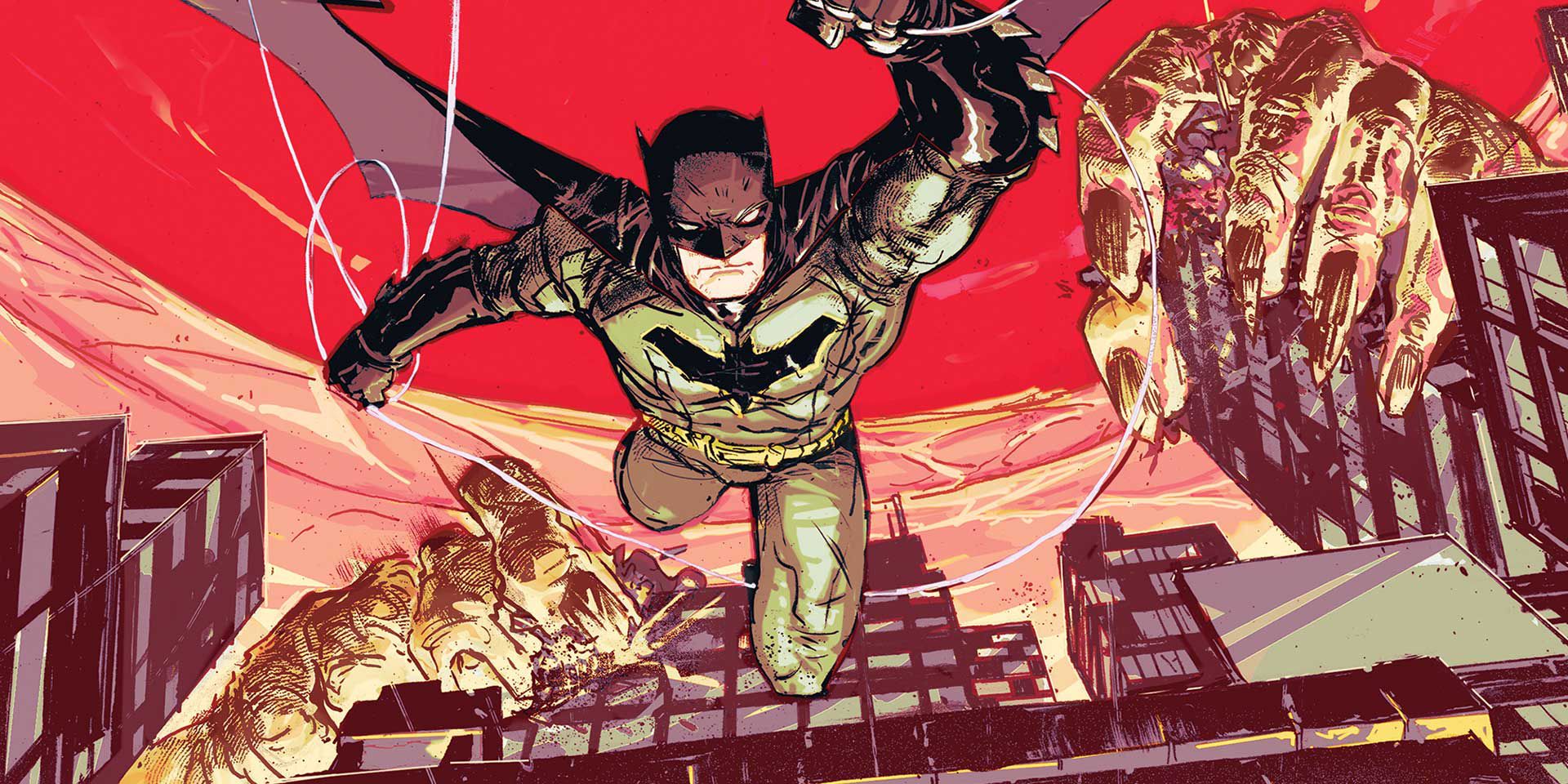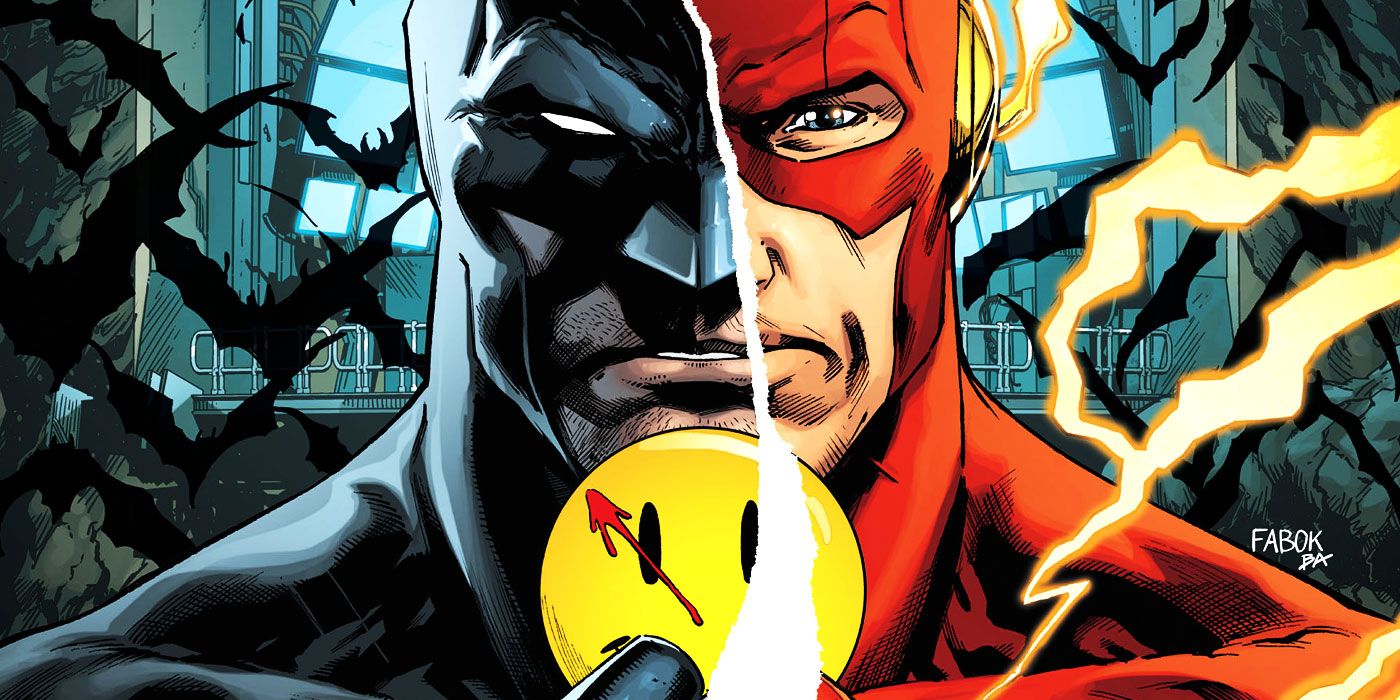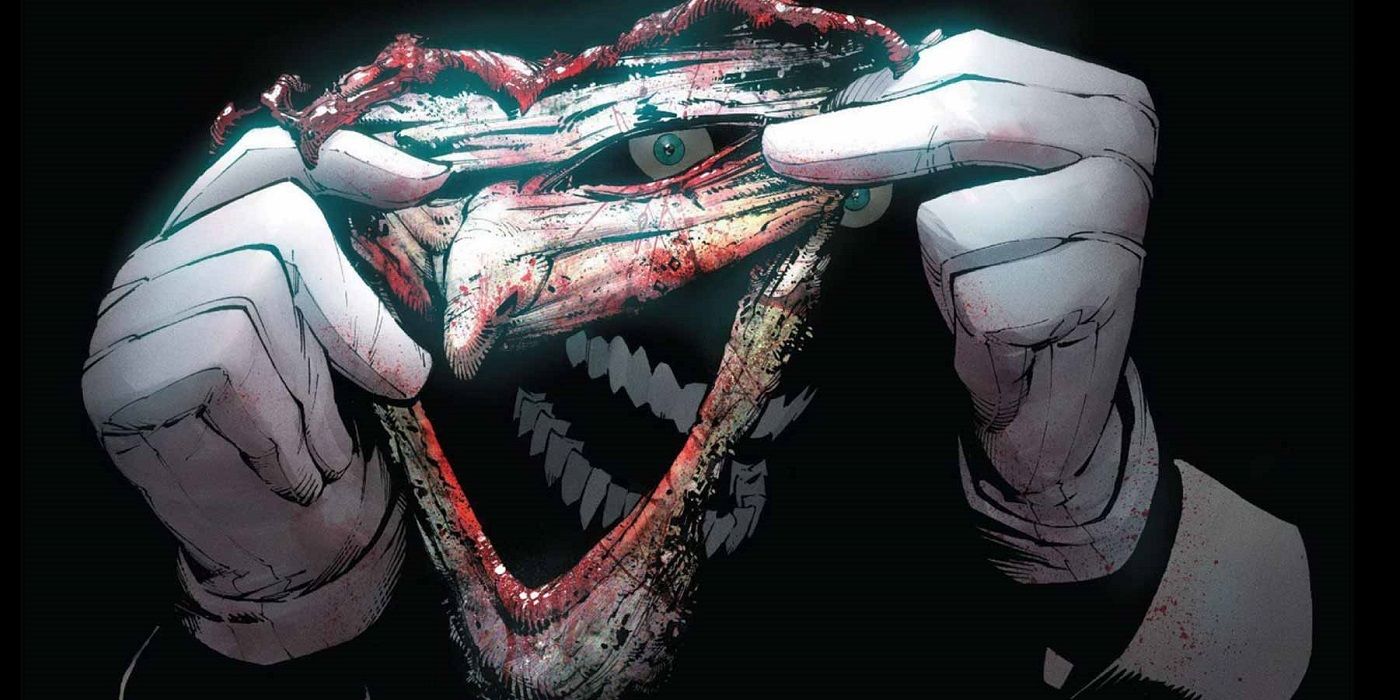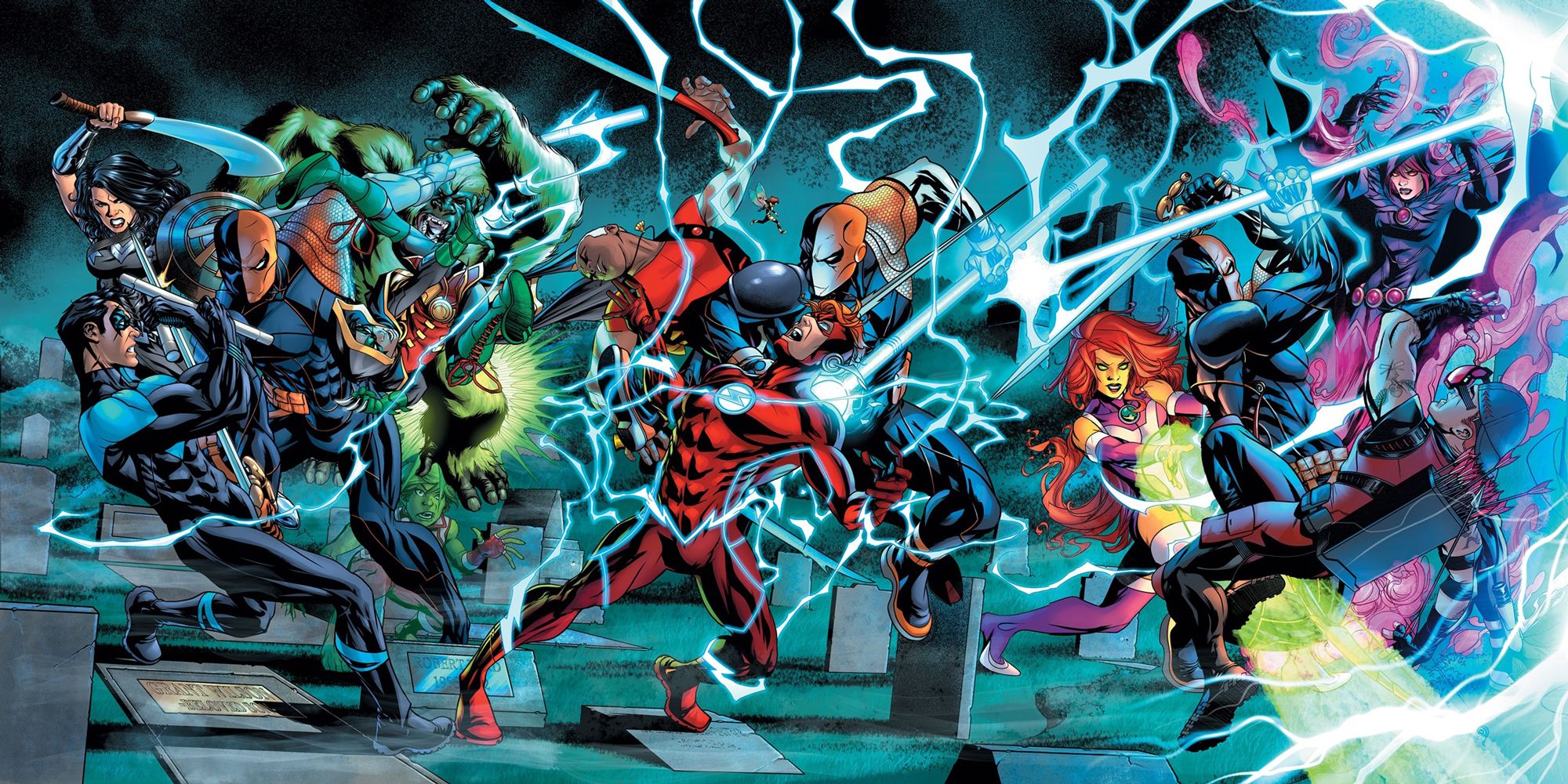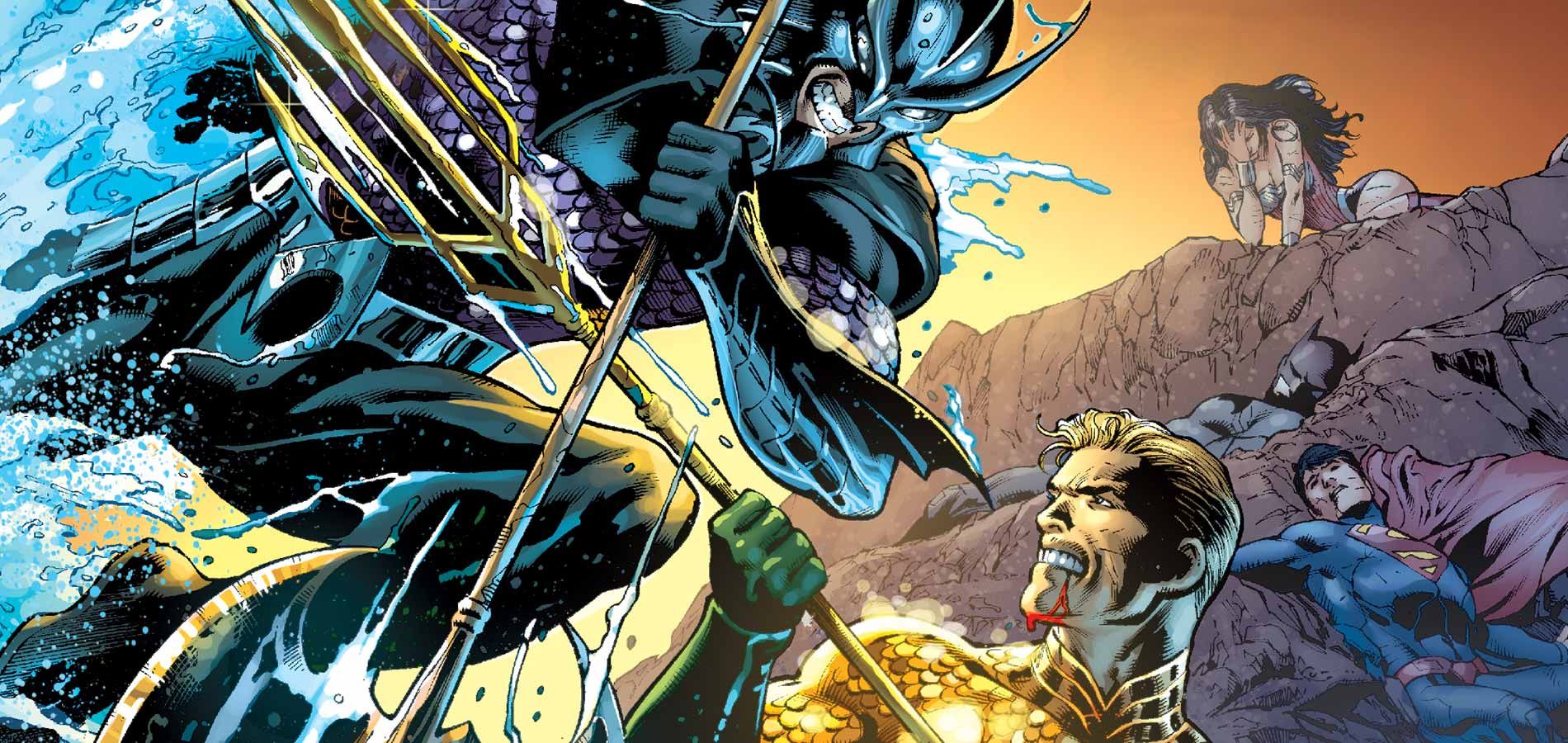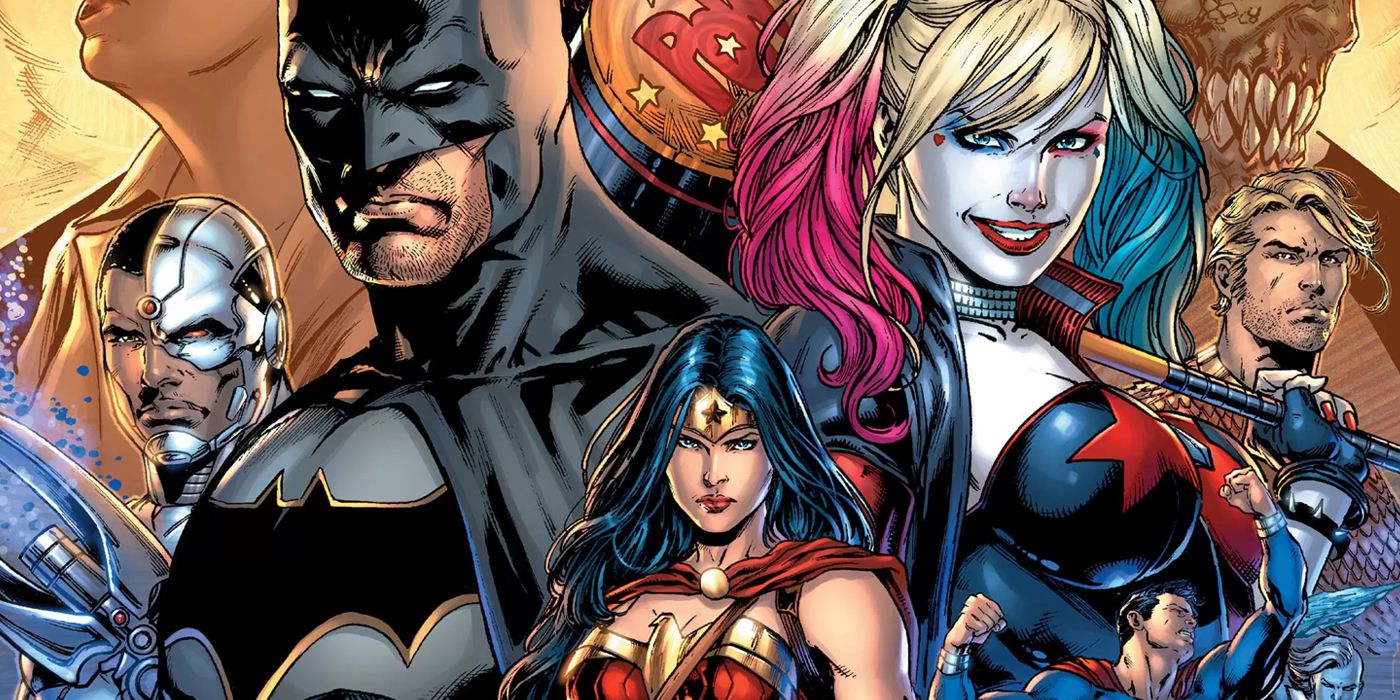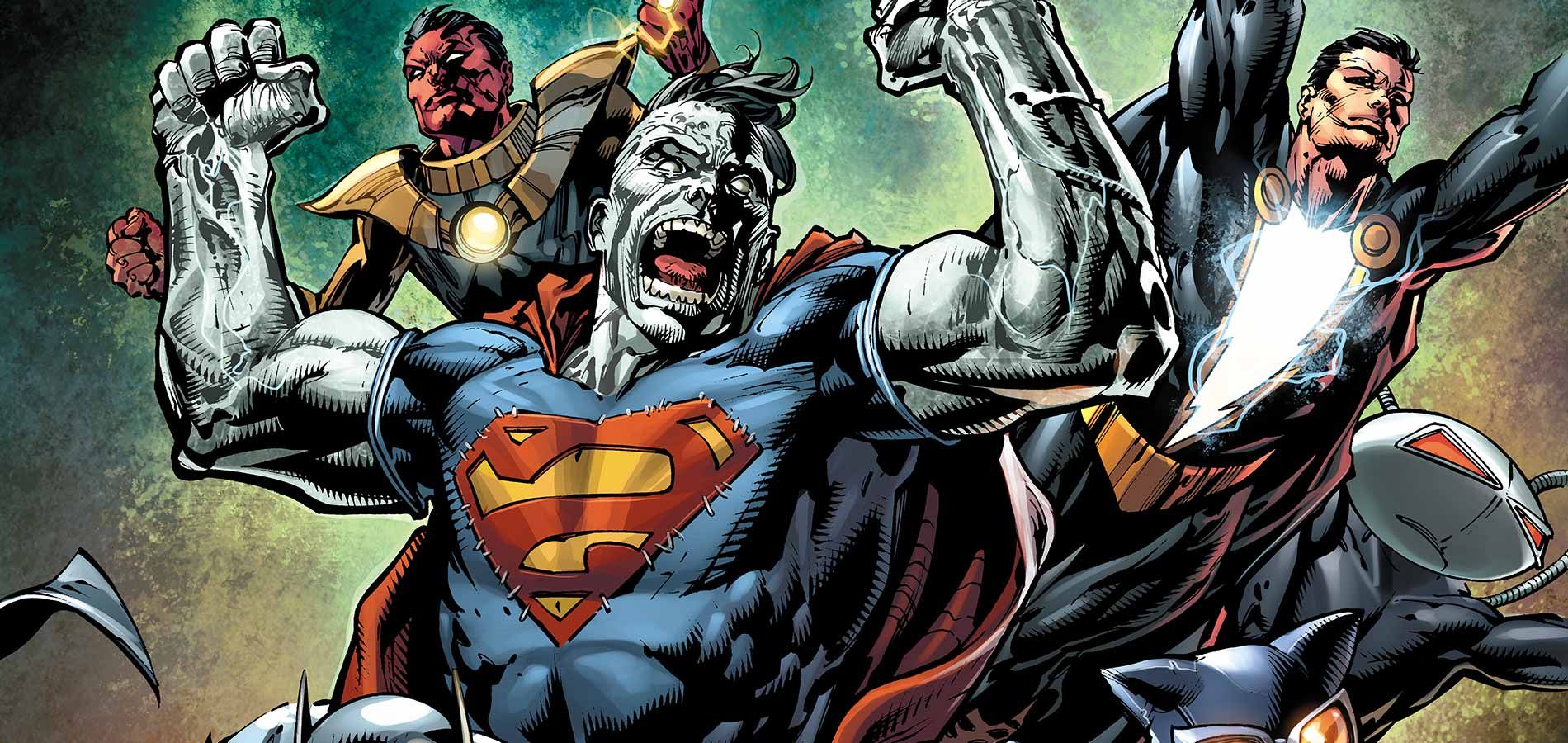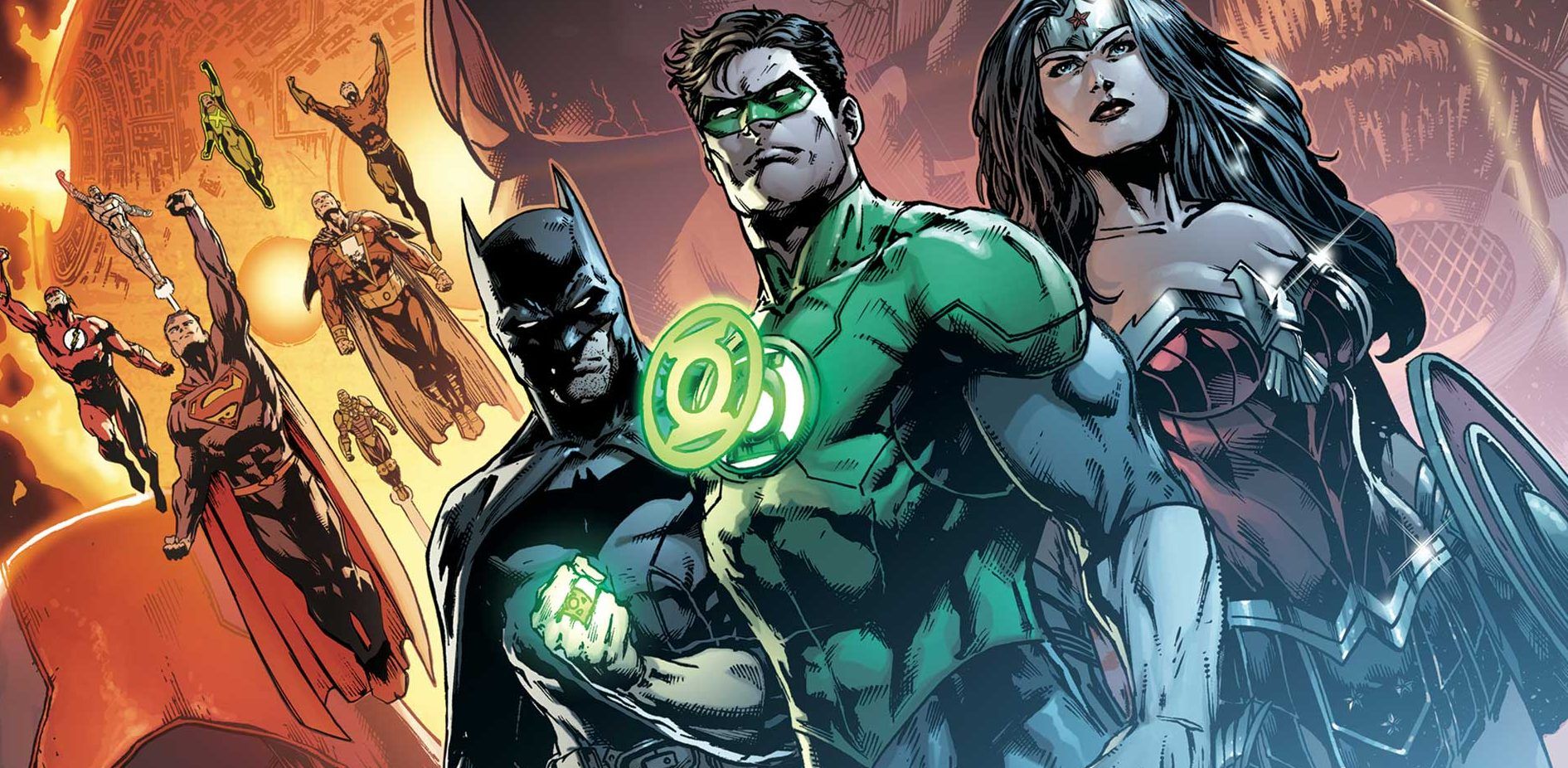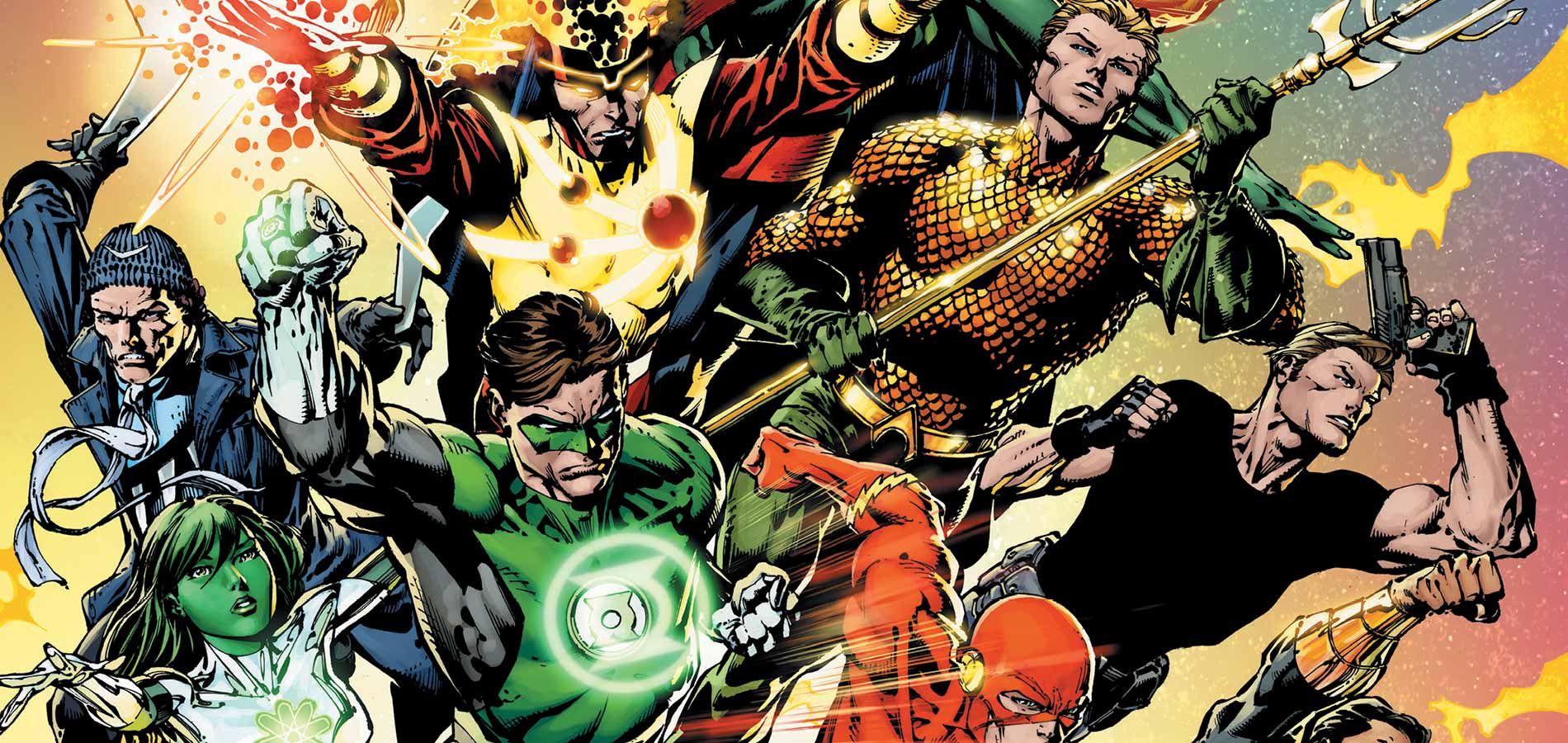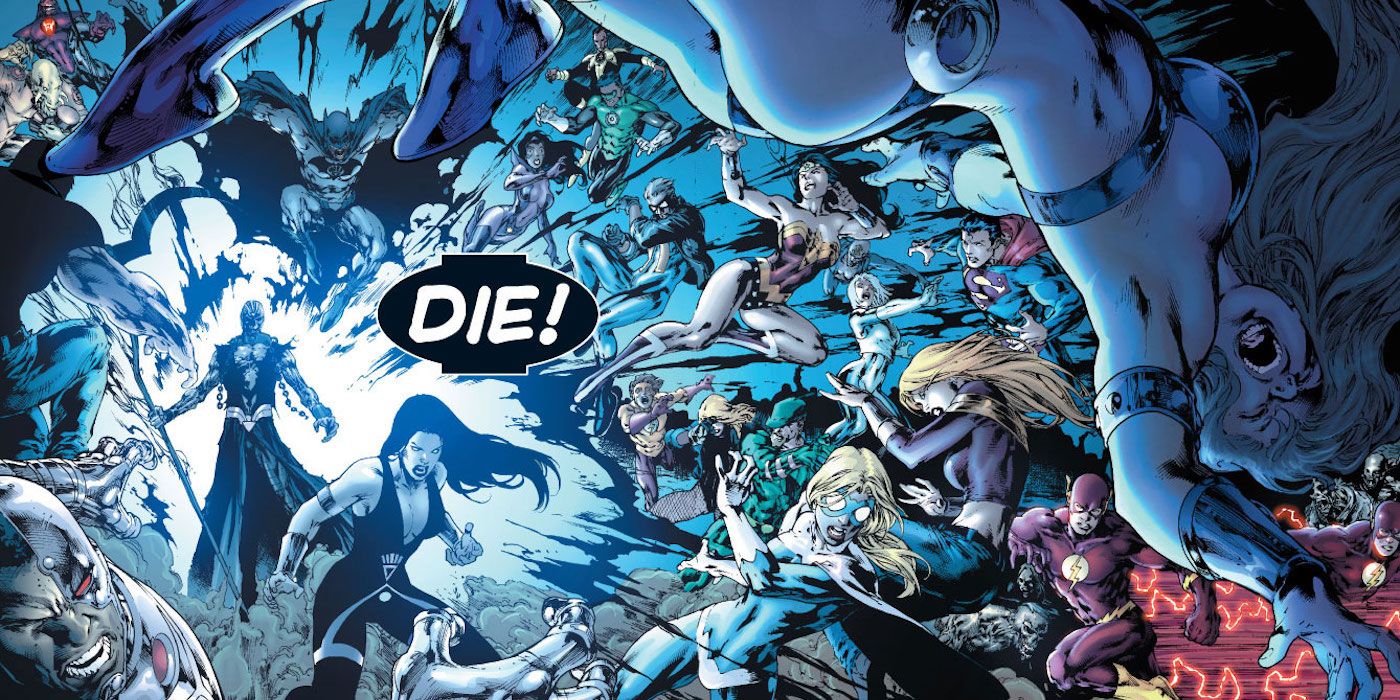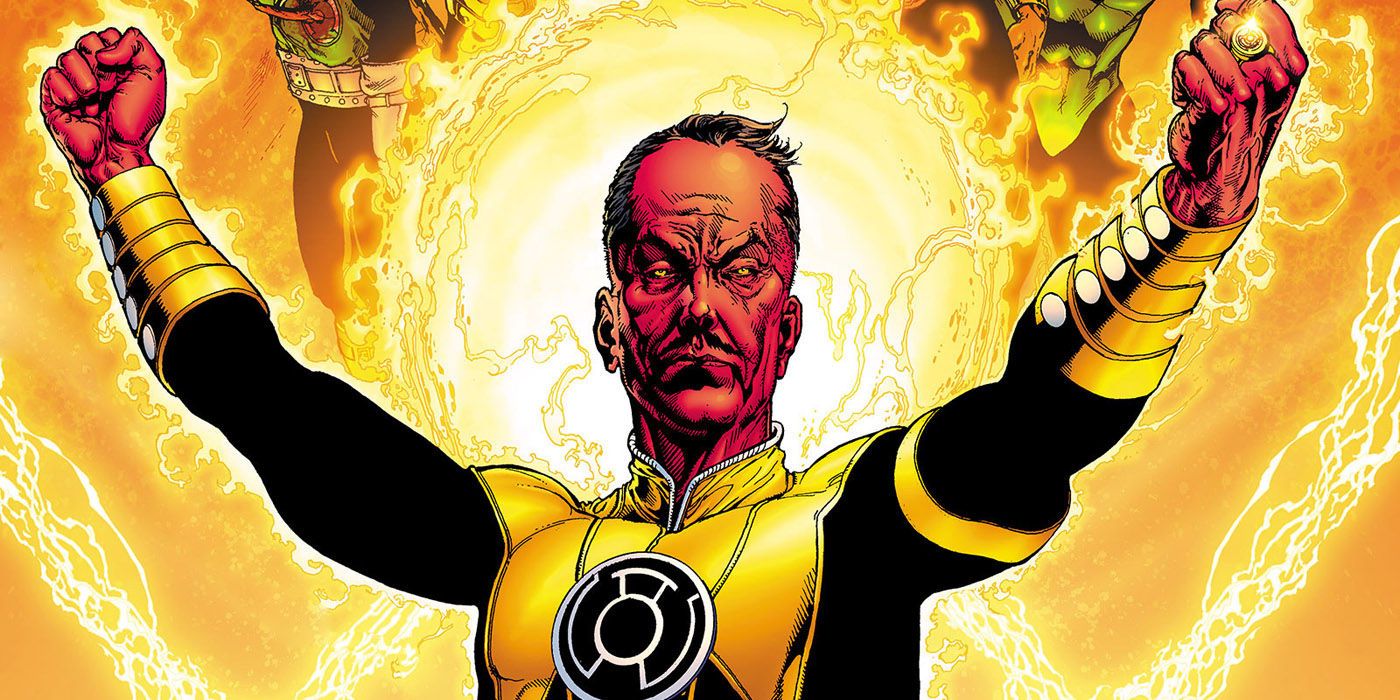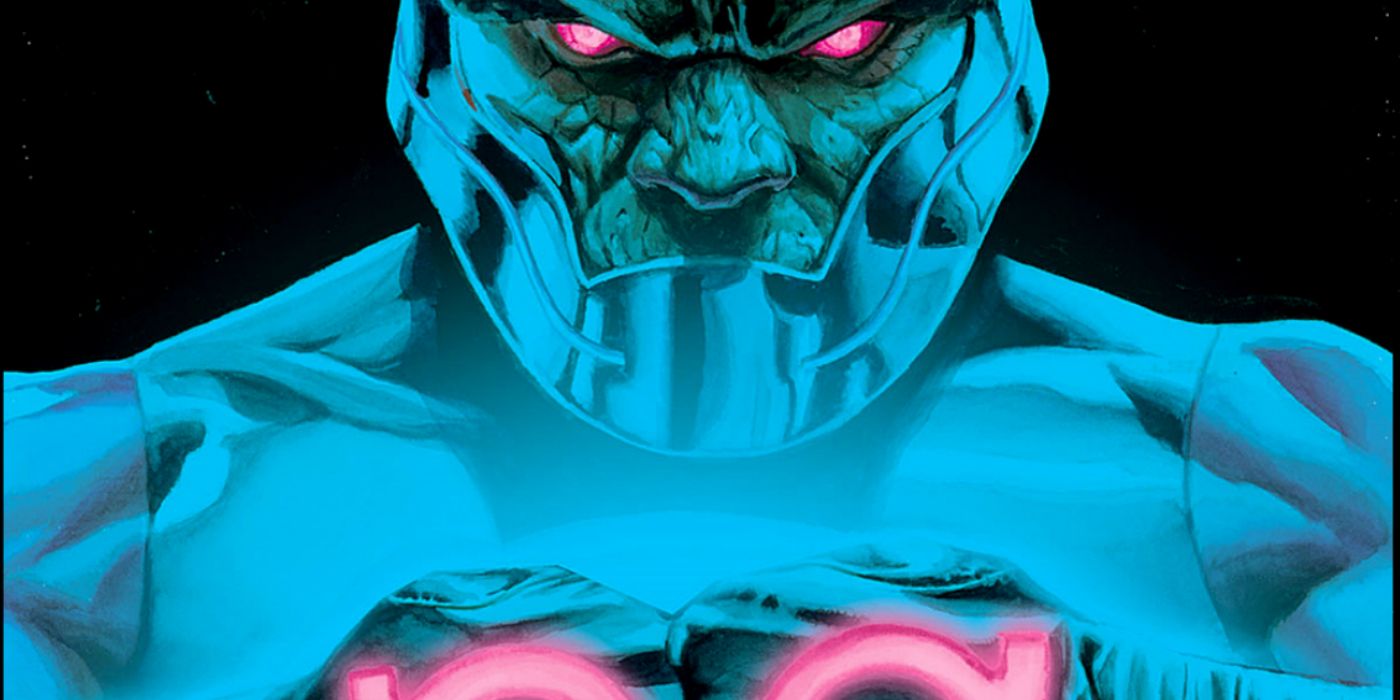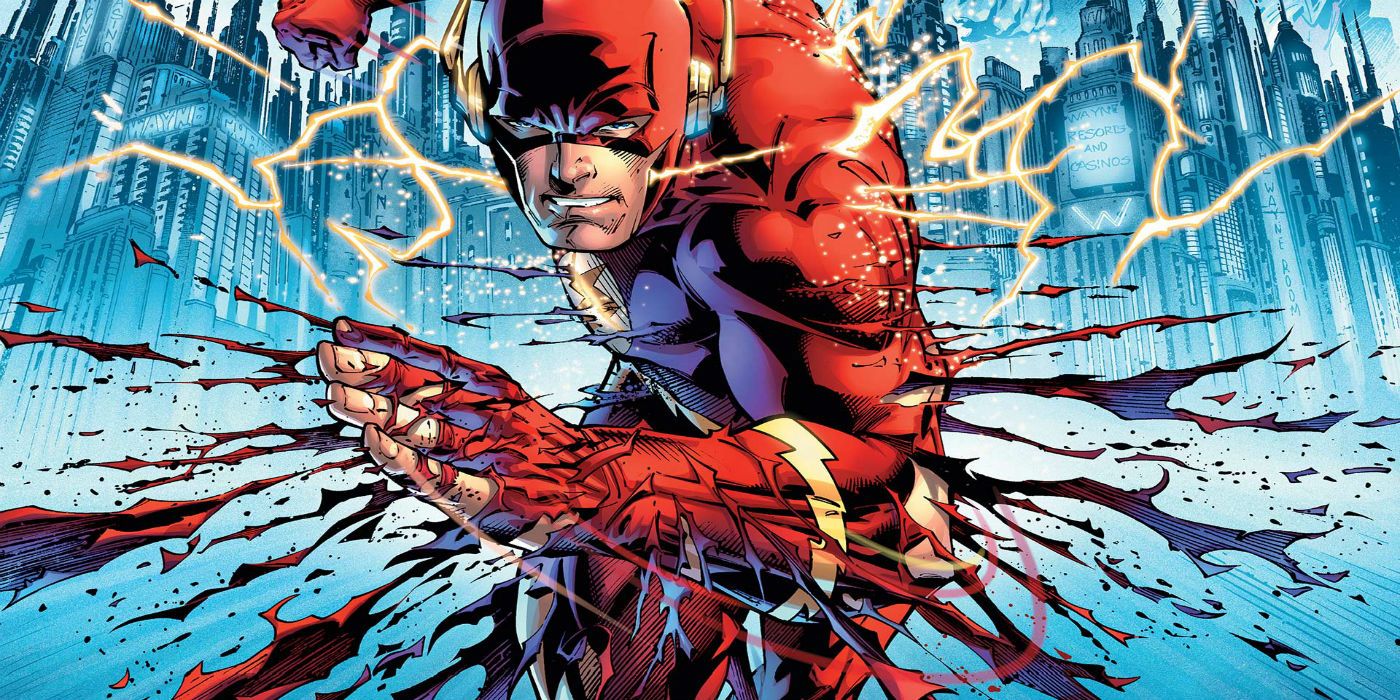The past 10 years have been rough for the DC Universe and it doesn't seem to slowing down. As "Metal" launched in earnest this month and we barrel towards the big Watchmen/Superman clash that is "Doomsday Clock" in November, we feel now is a great time to reflect on the past decade. There have been many changes to the DCU over the past decade and we’re looking at all the big moments from 2007 until the most recently completed events, which means though Metal’s already begun, it’s not in the running since it hasn’t ended yet.
RELATED: The 20 Most Important Marvel Events Of The Last Decade, Ranked
At the same time, things like New 52 and Rebirth aren’t on this list, as they’re line-wide initiatives and not really “events”. Neither have a specific end-point in mind, and New 52 in particular lacks any kind of unifying villain or over-arching meta-narrative, so they don’t qualify. Still, that leaves us with a wide range of event series to choose from, some affecting the entire DC multiverse while others are smaller and focus on the world of a single character. Events on this list have earned their spots through scale, how they affected the DC Universe both during and afterwards, and through overall quality of the story being told.
20 AMAZONS ATTACK!
A story that was initially meant to be a part of "Infinite Crisis", "Amazons Attack!" saw the Amazons of Themyscira declare war on Patriarch’s World after Diana was imprisoned for murdering Checkmate leader and villainous telepath Maxwell Lord. By every measure of an event, "Amazons Attack!" is kind of a failure. It features some truly baffling decisions, such as the Amazons murdering innocent children and Supergirl kidnapping the President.
It also ends with the Amazons being scattered from Themyscira and brainwashed into believing they’re normal mortals. Fortunately, the whole thing was swept under the rug not long after the story’s completion -- within two years the story was only referred to in the most broad strokes, probably to avoid ever referencing the Amazons’ silliest weapon ever again: killer bees. “Bees. My God.”
19 THE NEW 52: FUTURE'S END
Featuring an all-star group of writers and artists alike, "Futures End" re-introduced the weekly series to the DC Universe in the New 52 landscape. For 48 issues, readers were given a glimpse into the DC Universe five years into the future, as our heroes tried to prevent the rise of Brother Eye and deal with the refugees from Earth-2.
Mid-way through the series, DC also did a “Futures End month” where all their ongoing series jumped forward five years to show how their heroes fit into this future continuity. Though the event was a huge deal at the time, "Futures End" was kind of a disjointed mess, leaving readers wondering about their favorite characters’ future status quo for so long they eventually stopped caring, especially when it was just another timeline that would never come to pass.
18 CONVERGENCE
Something of a tie-in to the last event on the list, the real genesis of "Convergence" came when DC Comics had to move their offices from New York to Burbank. Rather than taking two months off to do the move, they instead put their normal ongoings on pause for two months and told the story of a powered-up Brainiac that had stolen cities from various timelines and multiverses and placing them outside of space-time.
Incredibly ambitious in concept, "Convergence" allowed DC fans one last goodbye to four of DC Comics’ most popular eras, from pre-Crisis all the way to pre-Flashpoint. Unfortunately, the very nature of Convergence forced all the two-part stories to have identical set-ups of heroes being sealed into their city’s bubbles and what happened after the bubble burst, hampering the appeal of the idea to begin with.
17 COUNTDOWN TO FINAL CRISIS
Two years removed from 2005’s "Infinite Crisis", DC started laying the seeds for a third, final Crisis -- starting with a one year story initially called “Countdown”, a weekly series that followed both its own story and various events as they unfolded in the DC Universe. Arguably one of the worst comics DC ever published, the sheer scale of "Countdown" was positively massive.
The main series alone was 51 issues, but it spawned no less than seven ancillary titles that were related to its ongoing story. Plagued with poor dialogue and storytelling decisions as a lead in for an event that didn’t require a lead-in, "Countdown" has one impressive positive: directly referencing events happening across the DC Universe as they happened, it made the world feel like its own cohesive, living thing.
16 NIGHT OF THE OWLS
When Scott Snyder introduced the deadly Court of Owls into the DC Universe, he not only gave Batman another iconic set of villains to deal with and gave Gotham’s lore a major expansion, he also had the privilege of creating The New 52’s first major crossover. That alone earns it a spot on this list, but it helps that the actual event is pretty good.
After the deadly Court of Owls decide to attempt to put the legend of the Bat down once and for all, it takes the entire Bat-family working together to shut down these immortal assassins for good. Featuring several unexpected twists including a pretty cool ending, the only reason this isn’t higher on the list is that despite its quality the Owls have been mostly out of commission since Rebirth started.
15 RISE OF THE THIRD ARMY
Seven years into his landmark run on Green Lantern, Geoff Johns still wasn’t done creating new ideas for that corner of the DC Universe. "Rise of the Third Army" was a Green Lantern-centric storyline that saw the Lanterns go up against an unexpected villain: the Guardians themselves. Fed up with how the universe kept spurning their desire for order, the creators of the Green Lanterns invented yet another army -- one that could purge emotion and free will from anyone they touched.
Third Army would cause all the various Lantern Corps to team-up in the ultimate effort to battle against anti-emotion itself. If it has any flaw it’s that it’s almost too busy, as Geoff introduces current Green Lanterns co-star Simon Baz in his part of the story, and as cool as that is, it’s an event that leads into another story, “Wrath of the First Lantern”.
14 NIGHT OF THE MONSTER MEN
The first post-Rebirth event focused on the Bat-Universe, "Night of the Monster Men" is a fun, madcap story following the Bat-Family as they attempt to stop giant monsters from destroying their city. Told not long after the “death” of Tim Drake, "Monster Men" is noteworthy for seeing Bruce’s paternal instincts kick-in hard, as he tries to save the city on his own while the rest of the Bat-Family tries to save both him and the city at the same time.
The event managed to bring all the Bat-books together for two months, but it’s also the major catalyst for kicking off DC’s current, superb Batwoman ongoing. If anyone’s ever wanted to see Batman face off against Godzilla-esque creatures, "Night of the Monster Men" has them covered.
13 THE BUTTON
Wrapping up earlier this year, "The Button" was a two-month crossover between Batman and The Flash, as the two detectives attempted to uncover the secret behind a mysterious button embedded in the Batcave, while also attempting to discover more to the mystery behind who is supposedly altering the past of their world.
The biggest enemy of "The Button" is its own marketing. Built up as the next stage of the Rebirth meta-story, when "The Button" eventually reveals itself to be a story where Batman travels to the "Flashpoint" timeline to meet his father, it’s hard not to walk away disappointed even though the actual story told was quite solid. As far as its connection to Rebirth, it’s just more vague teases and a promo to read “Doomsday Clock” in November.
12 DEATH OF THE FAMILY
During Scott Snyder’s run on Batman, he managed to introduce the world to one of the most terrifying versions of The Joker yet. After having his face removed at the very start of the DC Universe, The Joker remained out of sight until this story. Starting things off by going on a murder spree inside the GCPD, one-by-one The Joker manages to capture every single member of Batman’s family, leaving Batman to confront the horrible fate he’s inflicted upon them.
What makes "Death of the Family" such a solid story -- and worthy of being so high on this list -- is that in a way, The Joker won. Highlighting Batman’s impossibly strange relationship with the Clown Prince of Crime leaves the Bat-Family estranged from Bruce for months following the end of this chilling tale.
11 THE LAZARUS CONTRACT
When Titans, Teen Titans, and Deathstroke crossed over earlier this year, the last thing anyone expected was for Deathstroke to suddenly gain access to the Speed Force. Yet that’s what happened in "The Lazarus Contract", as the villain finally became overwhelmed by the mistakes he’d made in life and decided to try and go back in time to undo what he viewed as his greatest failing: allowing his son to get involved with HIVE and eventually lose his life in the process.
Featuring solid writing from Dan Abnett, Benjamin Percy, and Christopher Priest, "The Lazarus Contract" was a simple enough story with some pretty big consequences. It’s what every event should aspire to be in terms of telling its story quick, without involving unnecessary titles, and creating status quo changes that reverberate long after the initial event is done. All three books will be dealing with what happened here for months.
10 THRONE OF ATLANTIS
For a while at the start of the New 52, Aquaman was kind of a big deal. There was even a two-month period where his book outsold every Marvel comic. It sounds ridiculous, but not as much when you read stories like "Throne of Atlantis". When a malfunctioning missile test leads to a war between Atlantis and the rest of the world, Aquaman is forced to decide where his loyalty truly lies as a man torn between his duties to his kingdom and as a superhero.
Admittedly, "Throne of Atlantis" didn’t really go on to have any major long-lasting effects to the DC Universe as a whole, but it was popular enough at the time to get its own film -- one of the few New 52 stories to have accomplished such a feat.
9 BATMAN: THE RETURN OF BRUCE WAYNE
When legendary scribe Grant Morrison killed Batman off in his 2009 epic "Final Crisis", fans knew it was only a matter of time before the character came back to life. What they didn’t know is that the Caped Crusader was never dead at all -- Darkseid’s Omega Beams hadn’t killed him, but instead transported him to the dawn of time, where Bruce has to use his natural wits to survive as he travels forward and back to the present.
There’s a lot more to this story that shouldn’t be spoiled, but "The Return of Bruce Wayne" offers a ton of really awesome visuals that are worth the price of admission all by themselves, like seeing Batman as a caveman and a witch hunter. That’s also the heart of the story -- proving Batman’s ability to endure and survive any situation, no matter how strange.
8 JUSTICE LEAGUE VS. SUICIDE SQUAD
It might not have been creatively bold to take the two most popular teams in the DC Universe and mash them together for an event, but it sure was fun. During a time where Marvel's "Civil War II" was taking us down the hero vs. hero route yet again, "Justice League vs. Suicide Squad" felt refreshing -- sure the two teams tangled at the beginning, but by the middle of the series they were working together to take down a version of Max Lord-empowered by the Eclipso Diamond.
By the end, "Justice League vs. Suicide Squad" had brought a ton of cool villains back into continuity, balancing things out after our heroes had had their big “Rebirth” earlier that same year. It’s also responsible for one of the most unique incarnations of the Justice League, with Lobo and Killer Frost serving as charter members.
7 FOREVER EVIL
In the aftermath of a Justice League-focused crossover “Trinity War”, all the Justice League teams find themselves sealed away while the evil Crime Syndicate from Earth-3 launch a war for control on this new Earth they’ve traveled to. With the big guns out of action, “newer” heroes are forced to rise up and unlikely alliances are formed between villains to put a stop to the Crime Syndicate’s quest for domination.
"Forever Evil" was the first time readers would get to see certain characters interact during the New 52 era. Up to that point, characters largely remained separate from one another but the danger of the Crime Syndicate forced that to change. It was also the catalyst for “Villains Month”, where readers saw a focus on the villains of the New 52 for the first time.
6 DARKSEID WAR
At the end of “Forever Evil”, it was revealed that the Crime Syndicate had fled their Earth after it had been destroyed by the Anti-Monitor, who was consuming Earths in order to battle Darkseid. Over a year later, readers got to witness that battle in the 2015 story “Darkseid War”-- where the two cosmic beings would battle it out with the Justice League caught in the center.
An epic story that lasted an entire year and see Geoff Johns’ run on DC’s premiere super-team come to an end, the effects of “Darkseid War” saw several members of the League cursed with god-like powers as they tried to stop Darkseid and the Anti-Monitor from ripping their world apart. Johns threw as many interesting new concepts into this crossover as possible before wrapping it all up with several hints at the “Rebirth” to come.
5 BRIGHTEST DAY
When "Brightest Day" was still being published, it was viewed as a merely decent follow-up to Geoff Johns’ superb "Sinestro Corps War" and "Blackest Night" event series. In hindsight though, "Brightest Day" was DC’s way of focusing an event around a lot of less popular, but still fan-favorite, characters and giving a direction to many of the revived characters that had been killed during the time between "Infinite Crisis" and "Blackest Night".
It was clearly setting up the next stage of the DC Universe alongside its sister series "Justice League: Generation Lost", but we never quite got to see what that stage was going to look like because this series finished only four months before DC would reboot their universe into the infamous New 52 incarnation.
4 BLACKEST NIGHT
“Across the universe, the dead will rise.” That was the eerie promise given at the end of the “Sinestro Corps War” storyline. Over the next two years, Green Lantern would gradually introduce the remaining Lantern Corps -- Rage, Avarice, Love, Compassion, and Hope -- and as they appeared, something dark and terrible would awaken, with the desire to drown the DC Universe in death.
Featuring some of the best work of Ivan Reis and Doug Manhke’s careers, "Blackest Night" was a true superhero horror story, where after decades of seeing characters die, finally the ghosts of our heroes’ pasts caught up with them. "Blackest Night" was also be responsible for restoring a dozen major DC heroes and villains back to life, though their stories would go on to be told in "Brightest Day" the following year.
3 SINESTRO CORPS WAR
In 2007, the DC Universe saw a new war sparked between the wielders of the most powerful weapons of the universe and the wielders of the most fearsome weapons in the universe with "Sinestro Corps War". Finally having the means and power necessary to develop his own army, Sinestro struck at the Green Lanterns without mercy, killing dozens of them and converting the Green Lanterns’ greatest hope into one of their own.
"Sinestro Corps War" outranks the other Lantern events primarily because it was the story that started it all. Though Green Lantern: Rebirth brought back Hal Jordan, not everyone was sure whether or not that was a good idea until Johns launched "Sinestro Corps War", silencing all doubters and hinting at concepts that would shape the Green Lantern side of the DCU for years to come.
2 FINAL CRISIS
When viewed just as a seven issue mini-series, "Final Crisis" is just an awesome story about “the day evil won”, where Darkseid finally attains the dreaded Anti-Life Equation and places Earth under his control, and our heroes are forced to stop him before the DC Universe dies from being poisoned by his control. Its scale is astounding, as all of creation winds up affected by the evil god’s actions, but it doesn’t seem to change very much.
But when you include its related titles, "Final Crisis" is responsible for killing the Martian Manhunter and Batman (sort of), reviving Barry Allen, Superboy and Kid Flash, and restoring the Legion of Super-Heroes to prominence -- all of them. It shifts the DCU in a major way, restoring a lot of lost elements to the universe while also being one of the best stories about the New Gods ever written.
1 FLASHPOINT
Though it started out as a simple enough story about The Flash traveling back in time to save his mother from his worst nemesis only to wind up wrecking time, “Flashpoint” became so much more. DC stopped their entire line of ongoings to show readers the “Flashpoint” universe, and in the event’s wake we were left with a new DC Universe.
And even though the New 52 ended with Rebirth, that’s still just the story of how the DC Universe fully recovers from “Flashpoint”. It’s one of the only events on this list to have its own animated film, The Flash television series used it as a springboard for its last season, and even the upcoming Flash film will be named after it. You certainly don’t have to view "Flashpoint" as the best event DC has done this decade, but you absolutely have to accept it as their most important.
Do you agree or disagree with the placement of these events? Let us know in the comments!

